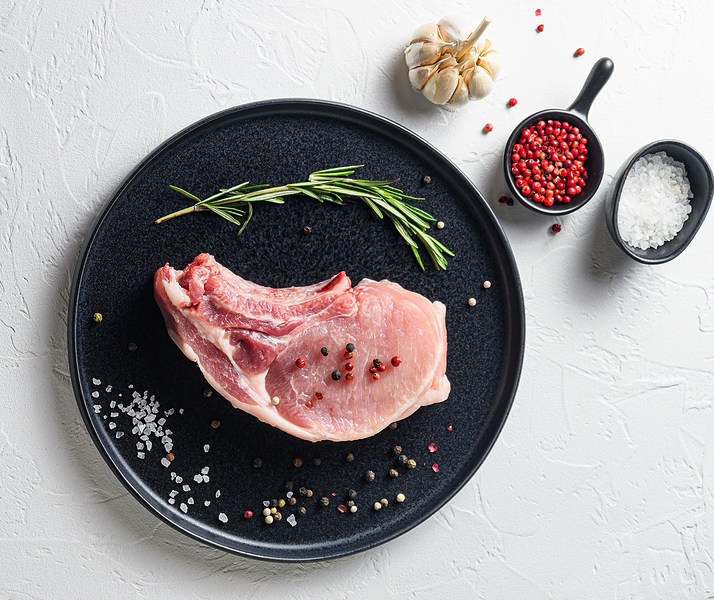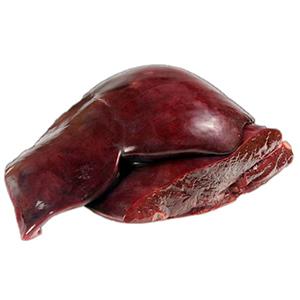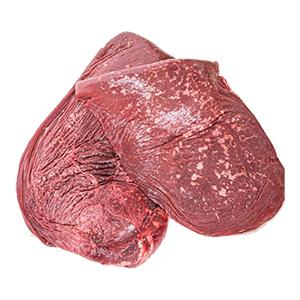Description

Pasture Raised Pork

Grass-Fed Traditions is now offering 100% pastured pork from small-scale family farms in the rolling hills of the “Driftless Area” of southwestern Wisconsin.
How do we define “pastured?”
The hogs are on pasture, not in confinement. They are grown and finished on pasture with access to woodlands, and are not penned up in buildings or feedlots.
Grass-Fed Traditions pastured hogs are fed a diet sourced and mixed specifically for them. The only grain included is wheat, with peas being the main protein source. It contains no soy and no corn, and is tested for the presence of the herbicide glyphosate.
The herd of pigs that are grazed on these family farms are a mix of different heritage breeds that have been bred to perform well on pasture and provide a good balance of lean muscle to flavorful fat.
The fat of pastured pork is high in vitamin D and contains many of the B vitamins. It is also a good source of vitamin E, zinc, and selenium.
Our hogs are never treated with antibiotics or hormones, and they are treated humanely right up until the time they are processed at our own family-run small scale processing plant in Wisconsin. We never use vaccines, including mRNA vaccines, with our animals.
We don’t process animals in the winter or early spring, when the plants are dormant. Our animals enjoy their special Grass-Fed Traditions ration out on pasture right up to the time of processing.
The Driftless Area of Wisconsin is famous around the world because it is completely surrounded by glaciated territory. It preserves a large sample of what the rest of Wisconsin, as well as northern and eastern United States, were like before the Glacial Period.
The Driftless Area is driftless because of three factors:
- The highland to the north furnished temporary protection from ice invasion.
- The more rapid movement of glacial lobes in the lowland to the east and the region to the west resulted in the final joining of these ice lobes south of the Driftless Area, so that it was completely surrounded by the continental glacier.
- The termination of the forward movement and the beginning of retreat came before there was time for the ice from the north, east and west to cover the driftless remnant.
The result is a unique geographical area of rolling hills that the early settlers of Wisconsin recognized was especially well-suited for grazing. Today many small-scale family farms still graze this rich soil, and some of the most world-renown artisan cheeses are also from this rich agricultural area of Wisconsin.





